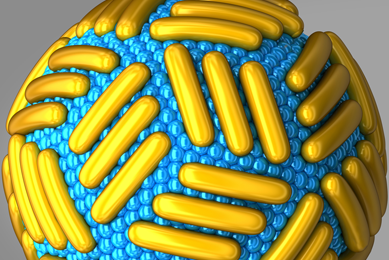 Webinar
Webinar
Building a Zika virus vaccine: From global health to virus–like particle technology
Currently, there are no vaccines approved for use in the prevention of Zika. In this webinar, we discuss the development of several novel Zika virus-like particle (Zika-VLP)–based vaccine candidates and will provide data demonstrating their ability to induce a strong immune response and provide a high level of protection against Zika virus in murine animal models.
More Webinar
Webinar
Cell Culture Fundamentals: Your Questions Answered
In this webinar an ATCC expert taps into ATCC’s vast experience and shares the best practices for culturing cells that ensure optimal results and performance. The information delivered covers all aspects of successful cell culture, including culture initiation, expansion, authentication, and cryopreservation.
More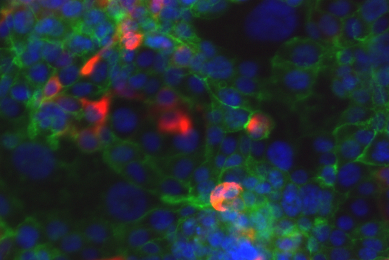 Webinar
Webinar
EMT and MET reporter cell lines: Elevating biological models of metastasis
Epithelial-to-mesenchymal transition (EMT) and its reverse (MET) are physiological mechanisms implicated in cancer metastasis. Watch this webinar to learn how CRISPR/Cas9 genome-editing technology was applied to develop a number of RFP- or GFP-tagged reporter cell lines to study EMT and MET phenomena.
More Webinar
Webinar
CRISPR/Cas9-engineered 3-D Tissue Culture Models of Drug-resistant Melanoma
Watch the presentation to learn how CRISPR/Cas9 genome-editing technology was used to introduce a specific point mutation that confers drug resistance into A375 melanoma line, and consider data indicating that this isogenic cell line is resistant to MEK and BRAF inhibitors and sensitive to therapies targeting upstream and downstream elements of the Ras/Raf-MAPK signaling pathway.
More Webinar
Webinar
The Application of hTERT-immortalized Primary Cells in Toxicological Assays
Developing cell-based assays can be problematic; the cells must be physiologically relevant for the assay to be predictive, yet sufficiently abundant to be included in the assay without introducing interexperimental variability. Watch this webinar to learn how hTERT-immortalized primary cells exhibit the growth characteristics of cell lines while providing the physiological attributes of primary cells.
More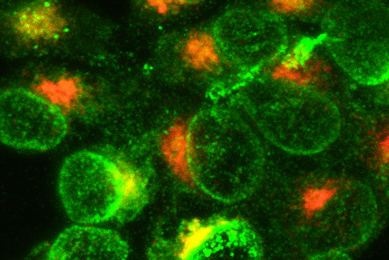 Webinar
Webinar
iPSC-derived Primary Cells Expand Your Cell-based Assays With an Unlimited, Biologically Relevant Source
Differentiated induced pluripotent stem cell (iPSC)-derived cells fulfill the need for a consistent source of cells and physiological relevance. This webinar provides data demonstrating how differentiated iPSC-derived cells can be incorporated into immunoassays or further differentiated into cell types such as osteocytes, chondrocytes, and adipocytes.
More Webinar
Webinar
Making Sense Out of Microbiome Data – The Importance of Standards
With the undeniable variability in next-generation sequencing data, it is essential that standards are incorporated at each stage of the workflow. In this webinar, we provide an overview on the current challenges in microbiome research and demonstrate the application of mock microbial communities in assay development and standardization.
More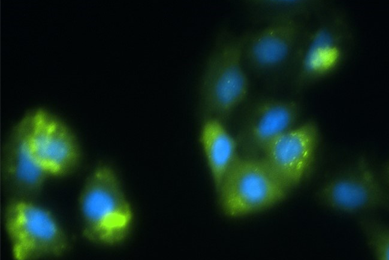 Webinar
Webinar
On the Edge of the Bubble: Use of Exosomes as Reference Materials in Biomedical Research
Watch this webinar to hear an overview of exosomes from various well-characterized ATCC cell lines and data indicating that these extracellular vesicles can be used as reference materials in biological research and assay development.
More Webinar
Webinar
Prevent Analysis Variability by Using NGS-authenticated Microbial Genomes
As part of our commitment to advancing authentication in life science research, ATCC has implemented a robust NGS and genome assembly workflow to enrich the characterization of biological materials in our collection. In this webinar, we detail the standardized process and quality control criteria that we use to produce reference-quality genomes.
More Webinar
Webinar
Simplifying assay development with molecular standards
Reliable controls are a critical component in the development of molecular-based assays. In this webinar, we cover ATCC’s growing offering of quantitative genomic and synthetic molecular standards and we provide application data demonstrating the potential use of these products in diagnostic assay development.
More Webinar
Webinar
Tick-borne Diseases: Developing Molecular Approaches to Detect Babesiosis
Tick-borne diseases (TBD) among humans are on the rise in the United States as urbanization along previously unpopulated areas continues. In this webinar, we will provide an overview of TBD epidemiology, the current status of diagnostic methods, and resources available from ATCC that advance TBD research priorities.
More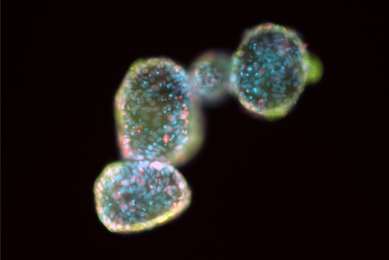 Webinar
Webinar
Transforming In Vitro Cancer Research With Next-generation Biological Models from the Human Cancer Models Initiative
There is an unmet need for preclinical cancer models that better reflect the genotype and phenotype across the spectrum of cancer found in the patient population. Watch this webinar to hear about the wide variety of patient-derived in vitro cancer models ATCC offers in collaboration with HCMI, including organoids, neurospheres, and conditionally reprogrammed cells.
More